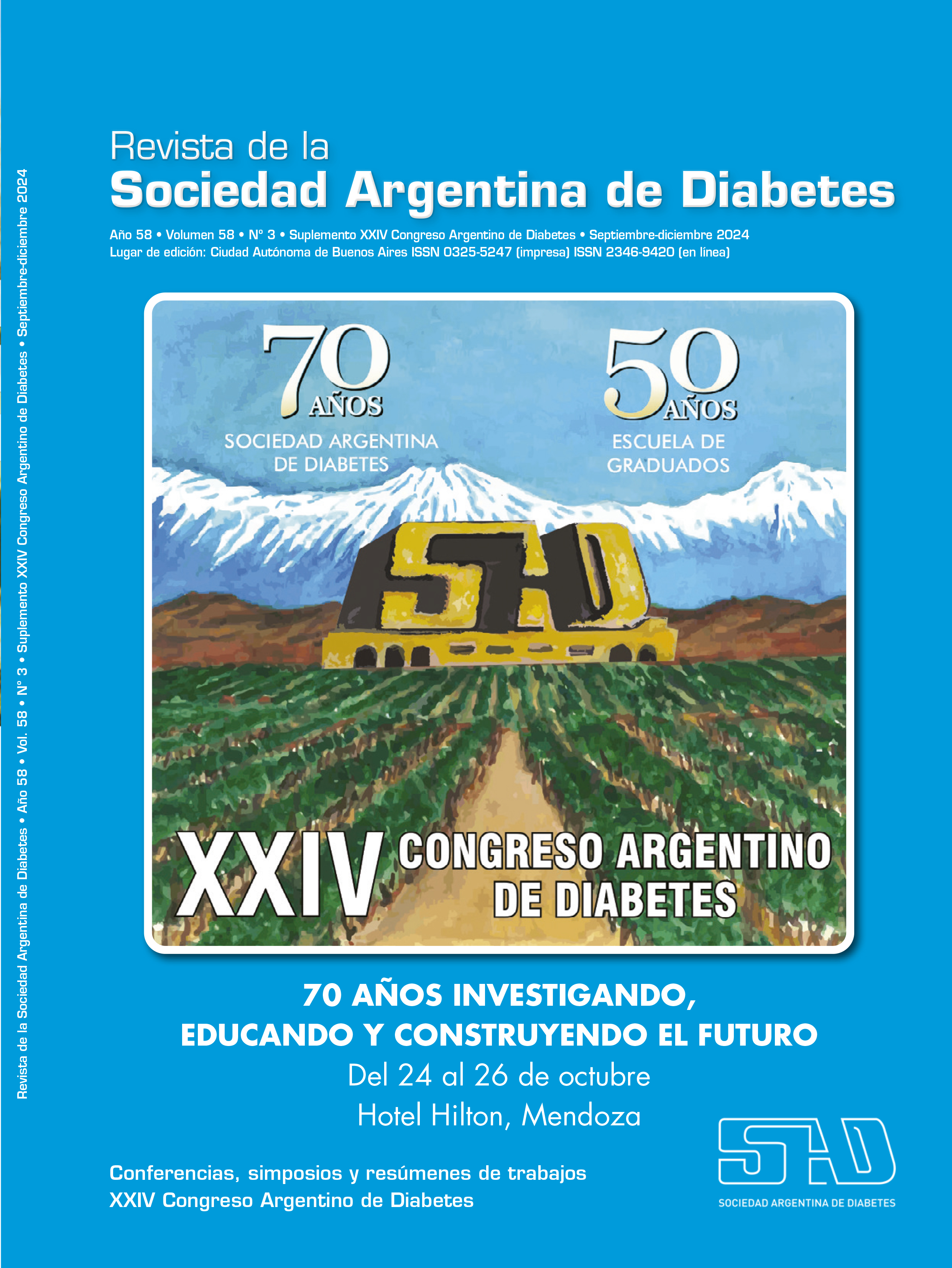MCG flash versus tiempo real
Palabras clave:
monitoreo continuo de glucosa flash (MCG Flash), monitoreo continuo de glucosa en tiempo real (MCG real time)Resumen
El monitoreo continuo de glucosa (MCG) es una herramienta clave para las personas con diabetes mellitus (DM) que les permite obtener información detallada sobre sus niveles de glucosa en sangre. Existen dos tipos principales de MCG: el monitoreo continuo de glucosa flash (MCG Flash) y el monitoreo continuo de glucosa en tiempo real (MCG Real Time).
Monitoreo continuo de glucosa flash (MCG Flash)
- Frecuencia de lectura: no proporciona datos continuos en tiempo real; el usuario debe escanear el sensor con un lector o una aplicación móvil para obtener las lecturas de glucosa.
- Datos en tiempo real: no ofrece alarmas en tiempo real para niveles altos o bajos de glucosa; las lecturas están disponibles solo cuando el sensor es escaneado.
- Duración del sensor: los sensores suelen durar entre 10 a 14 días, dependiendo del fabricante.
- Historial de datos: almacena datos de glucosa durante un período limitado, generalmente 8 horas; los datos históricos se pueden descargar para análisis posterior.
- Uso y mantenimiento: suele ser más económico que los sistemas de MCG en tiempo real; requiere escaneos periódicos para obtener datos actualizados.
Monitoreo continuo de glucosa en tiempo real (MCG real time)
- Frecuencia de lectura: proporciona datos continuos en tiempo real, con actualizaciones frecuentes, típicamente cada 1-5 minutos.
- Datos en tiempo real: ofrece alarmas y alertas en tiempo real para niveles altos y bajos de glucosa; permite al usuario actuar de manera inmediata ante fluctuaciones en los niveles de glucosa.
- Duración del sensor: los sensores pueden durar entre 7 a 14 días según el modelo y el fabricante.
- Historial de datos: almacena datos de glucosa continuos y detallados durante todo el período de uso del sensor; facilita un análisis detallado de patrones y tendencias en el control de glucosa.
- Uso y mantenimiento: suele ser más costoso que el MCG Flash por su funcionalidad avanzada; requiere calibraciones periódicas (aunque algunos modelos más nuevos están diseñados para minimizar esta necesidad).
Estos sistemas deberán elegirse con sus características individuales, según el requerimiento mayor del propio paciente.
Citas
I. Visser V, et al. The impact of baseline user characteristics on the benefits of real-time vs. intermittently scanned continuous glucose monitoring in adults with type 1 diabetes: moderator analyses of the ALERTT1 Trial. Journal of Diabetes Science and Technology. 2024;18(3):660-666. doi:10.1177/19322968221128315.
II. Tumminia A, Crimi S, Sciacca L, et al. Efficacy of real-time continuous glucose monitoring on glycaemic control and glucose variability in type 1 diabetic patients treated with either insulin pumps or multiple insulin injection therapy: a randomized controlled crossover trial. Diabetes Metab Res Rev. 2015;31(1):61-68.
III. Visser MM, Charleer S, Fieuws S, et al. Comparing real-time and intermittently scanned continuous glucose monitoring in adults with type 1 diabetes (ALERTT1): a 6-month, prospective, multicentre, randomised controlled trial. Lancet 2021;397:2275-2283.
IV. Stimson RH, Dover AR, Ritchie SA, et al. HbA1c response and hospital admissions following commencement of flash glucose monitoring in adults with type 1 diabetes. BMJ Open Diabetes Res Care 2020;8(1):e001292.
Descargas
Publicado
Número
Sección
Licencia
Derechos de autor 2024 a nombre de los autores. Derechos de reproducción: Sociedad Argentina de Diabetes

Esta obra está bajo una licencia internacional Creative Commons Atribución-NoComercial-SinDerivadas 4.0.
Dirección Nacional de Derecho de Autor, Exp. N° 5.333.129. Instituto Nacional de la Propiedad Industrial, Marca «Revista de la Sociedad Argentina de Diabetes - Asociación Civil» N° de concesión 2.605.405 y N° de disposición 1.404/13.
La Revista de la SAD está licenciada bajo Licencia Creative Commons Atribución – No Comercial – Sin Obra Derivada 4.0 Internacional.
Por otra parte, la Revista SAD permite que los autores mantengan los derechos de autor sin restricciones.




























